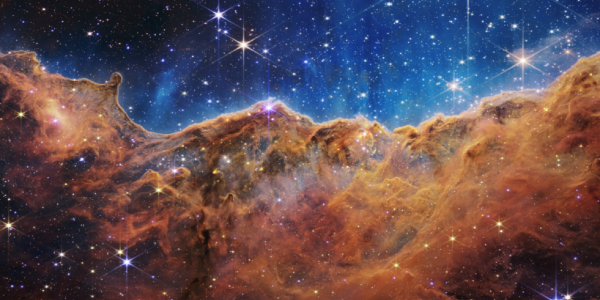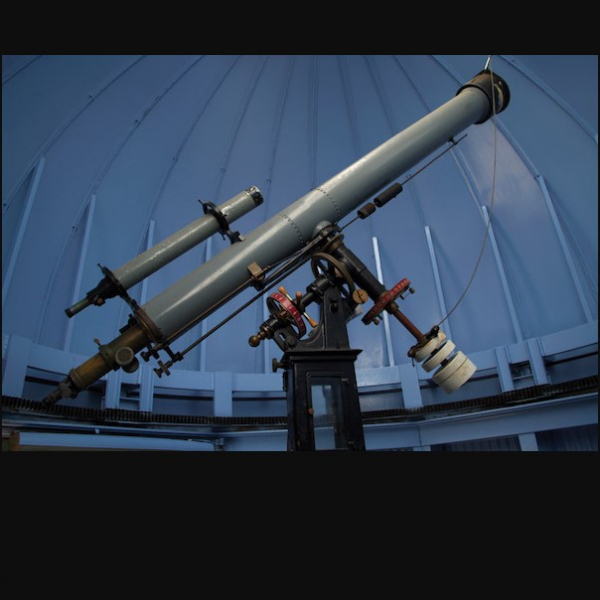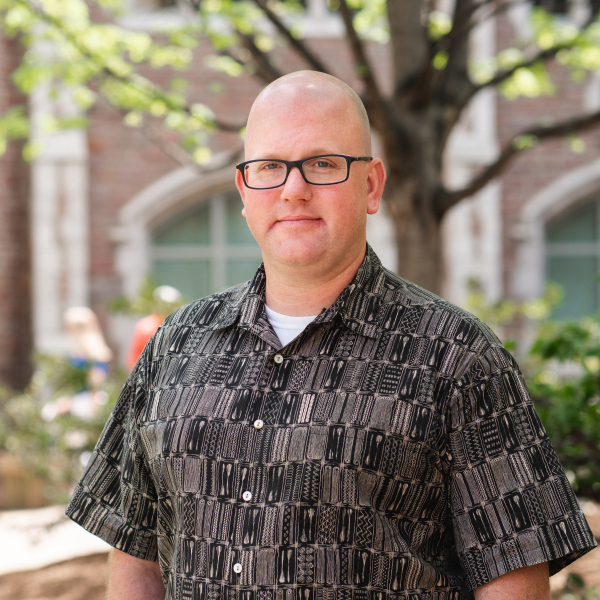Michael Nowak, Research Professor of Physics at Washington University, has offered us some of his predictions for new discoveries in astrophysics in the coming year or so.
The James Webb Space Telescope (JWST) was the big news of the past year, and its images have been spectacular, but we’re probably two or three years away from it really hitting its stride. It always takes time to learn how to best use a new instrument, and JWST is the most complex mission NASA has ever flown. It’s going to take more time to really learn how to use it properly than it has for any previous mission. JWST also took a really long time to build - nearly two decades. Moving forward, NASA has been seeking to find a happy medium between large, complex missions like JWST and smaller, more rapidly deployed missions like the recently launched Imaging X-ray Polarimetry Explorer (IXPE) mission, which has significant involvement from Washington University Professor Henric Krawczynski and graduate students within the physics department. In the next year, NASA is seeking to begin studies on what they are calling a “Probe” class mission - about 1/10 the budget and less then half the development time of JWST. These will either be Infrared missions like James Webb only smaller, or X-ray missions, like IXPE, only bigger. The WashU Department of Physics has strong expertise in X-ray astrophysics, so numerous members of the department are working with large national teams by spending the next year preparing science cases for these missions. Among the concepts being explored are a high energy X-ray imaging telescope (HEX-P) designed to image the first super-massive black holes formed in the early Universe, a mission to measure the exotic dynamics of matter moving in the extreme gravity near the event horizons of black holes (STROBE-X), and a mission to use high resolution X-ray spectroscopy to search for the “missing” ordinary (baryonic) matter that likely resides in hot gas between galaxies (Arcus). One or more of these concepts are likely to be picked for further study and development by NASA late next year.
For existing and new missions, WashU physics faculty are looking forward to the launch of the Japanese/US collaboration, the X-ray Imaging Spectroscopy Mission (XRISM), which like the proposed Arcus mission will use high resolution X-ray spectroscopy to study the dynamics and “feedback” of ordinary matter from within Galaxies to their surroundings via supernovae and winds and jets emanating from matter accreting onto black holes at their centers. The other major focus of astrophysical research in the coming and subsequent years will be to study the “dynamic” sky. With our expertise in X-ray astrophysics here at WashU, we are very used to thinking of the sky as highly variable: black holes and neutron stars dramatically change their brightnesses and “states” frequently, as jets or winds turn on or off, or stars that come too close to a black hole are shredded in a Tidal Disruption Event (TDE). Capabilities to capture these dynamic events in other wavelength bands - radio, infrared, and optical - or entirely different means such as neutrinos or gravitational radiation, have dramatically increased in recent years. What’s new is studying these events using multiple different instruments. Cooperation and coordination is the new mantra! A great example is the discovery of a neutron star-neutron star merger with the Laser Interferometer Gravitational Observatory (LIGO) a few years ago, which was followed up by every major observatory. We’re hoping this happens again, and this time JWST gets to join in on the action, too. And we know that in a typical galaxy a supernova goes off about every 100 years. The last one in our Galaxy was about 400 years ago, so we’re due! Here’s hoping for one that’s close, but not too close, that we can study in the next year.




